Preparing for Motherhood | MARCH 10
In response to numerous requests, the Prussian State Association of Jewish Congregations, a voluntary association founded in 1921, decided to provide gifts to girls in parallel with the religious books given to boys upon becoming B’nai Mitzvah. While the books given to boys were aimed at deepening Jewish knowledge, the book offered to girls, Jewish Mothers by Egon Jacobsohn and Leo Hirsch, offered biographical sketches of the mothers of Jewish luminaries including Theodor Herzl, Walter Rathenau, and Heinrich Heine. As early as the the 19th century, reform-oriented synagogues in Germany began offering a collective “confirmation” for boys and girls. In some places, an individual ceremony for girls was customary, but there was no such thing as the modern bat mitzvah ceremony in 1938.
All hands on deck | MARCH 9
The newspaper Die Stimme was considered the official mouthpiece of the National Zionist Committee in Austria. In its March 9 issue, it quotes a JTA report on the conference of the World Zionist Executive in London. Although tensions in Austria were running high, the conference had other pressing matters on its agenda, such as immigration to Palestine and changes in the British attitude towards it. Among the proposals discussed were lowering the price of the shekel in a number of Eastern European countries and establishing coordinating councils for Zionist activities.
Family bonds | MARCH 8
Charles Manshel, a wealthy businessman and himself a native of Austria, promises his cousin in Baden near Vienna to prepare affidavits for her and her family once he has all the required personal information. The letter shows Manshel’s sincere efforts to not only pave the way to immigration for his relatives but also do something for the professional integration of his niece’s husband, Dr. Eduard Ehrlich. Manshel was no stranger to hardship himself, having provided for his family since his father’s premature death when he was 16 years old.
Tie Game | MARCH 7
The soccer team Hakoah Wien’s match against SV Straßenbahn Wien, the sports club of the Vienna tramway company, ended in a 2:2 tie on March 7, 1938. Hakoah was part of the famous Viennese Jewish sports club, Sportverein Hakoah Wien. The club had been established in 1909 as a result of the changing attitude towards the body and health in the liberal Jewish community. This membership card belonged to one of the club’s foremost coaches, the swim coach Zsigo Wertheimer. Wertheimer had coached Ruth Langer, who famously refused to join the Austrian Olympic team in 1936, when she was just 15 years old.
Antisemitism in Austria | MARCH 6
In 1933, the “Fatherland Front” had been established as the sole representative body of Austrian citizenry and as a replacement for parliamentary democracy. It had strong ties to the Catholic Church and was deeply antisemitic. Nevertheless, there were Jews among its ranks, and it saw itself as opposed to the (Protestant-dominated) Nazis. When Nazi groups, clearly emboldened by their recently improved status, took to the streets, proudly parading with swastikas, the Jewish Telegraphic Agency reported on an antisemitic demonstration at the University of Vienna, an institution where anti-Jewish sentiment had been rampant for centuries. On the same day, the news agency informed its readership about counter demonstrations organized by the Vaterländische Front.
Homosexual Relations with a Jew | MARCH 5
The handsome, blond, and athletic scion of a noble family in Lower Saxony, Gottfried von Cramm had all the features sought by the Nazis for propaganda purposes. Nevertheless, the two-time winner of the French Open tennis tournament (1934 and 1936) explicitly refused to be used as a poster boy for Nazi ideology and never joined the NSDAP. After repeatedly spurning opportunities to ingratiate himself with the regime, it was another issue that got him into trouble. On March 5, 1938, von Cramm was arrested under Paragraph 175 of the German penal code, which prohibited homosexual conduct. He was alleged to have had a relationship with a Galician Jew, the actor Manasse Herbst. Reformers had nearly succeeded in overturning the statute during the Weimar republic, but the Nazis tightened it after their ascent to power.
Parochet, dark-blue | MARCH 4
This dark blue parochet (curtain for covering the Torah Ark in a synagogue) is part of the collection of the Israelitisches Blindeninstitut (Jewish Institute for the Blind) in Vienna. The institution was established in 1871 with the purpose of educating blind Jewish students. Professions taught ranged from manual occupations to translating and interpreting. Due to its excellent reputation, the school attracted students not only from Austria, but also from most other European countries. March 4 was one of its last days of undisturbed activity.
Harold MacMichael | MARCH 3
This etching by the German-Jewish artist Hermann Struck depicts the fifth British High Commissioner for Palestine, Harold MacMichael, who took office on March 3, 1938. MacMichael had previously held various positions in Africa. The High Commissioner was the highest-ranking representative of the Empire in Mandatory Palestine. The creator of the portrait, Hermann Struck, an Orthodox Jew and an early proponent of Zionism, had emigrated to Palestine in 1923 and settled in Haifa. He was renowned in particular for his masterful etchings, a technique he had taught to artists such as Chagall, Liebermann, and Ury.
End of “The Eternal Road” | MARCH 2
Unwelcome in Nazi Germany as a Jew, a socialist, and a composer of music considered “degenerate” by the regime, Kurt Weill was able to celebrate his 38th birthday on March 2 in safety. After attacks in the Nazi press and targeted protests, Weill had already emigrated to France in 1933. Rehearsals for the premiere of his opera “The Eternal Road” (libretto: Franz Werfel) provided him with an opportunity to travel to the United States in 1935. Due to numerous technical difficulties, the premiere was postponed until 1937. Weill seized the opportunity and remained in America.
Destination Uruguay | MARCH 1
In the spring of 1938, the Berlin electrician Moses Wainstein was making arrangements to join the steady stream of Jewish emigrants. His destination was faraway Montevideo. He was planning to travel from Berlin to Marseille, where he intended to board a ship for South America. On March 1, he received the requisite French transit visa. Uruguay was regarded as a country with strong democratic traditions, little pressure on newcomers to adapt, and good job prospects for tradesmen. Jewish relief organizations and travel agencies advised prospective emigrants on choosing their new home, finding the best route possible, and procuring the required papers.
Kibbutz Giv’at Brenner | FEBRUARY 14
Kibbutz Giv’at Brenner was established in 1928 by young immigrants from Poland and Lithuania who were soon joined by a group from Germany. As in many other kibbutzim, conditions at Giv’at Brenner were initially harsh, causing some members to leave. In the 1930s, due to the absorption of new immigrants, the kibbutz grew. Over time, a thriving agriculture and various industrial enterprises, including a cannery and a factory for irrigation equipment developed. The picture presented here shows the carpentry shop of the kibbutz in 1938. A unique feature was Beit Yesha, a vegetarian convalescent home established in the mid thirties—the first of its kind in a kibbutz.
Staged normalcy | JANUARY 14
The January issue of the Berlin Kulturbund magazine conveys a sense of normalcy—local businesses advertise merchandise and services like cosmetics, women’s apparel and car repairs, while the Kulturbund schedule offers Eugene Scribe’s “The Ladies’ Battle.” The comedy must have provided a welcome respite from the worrisome situation.



